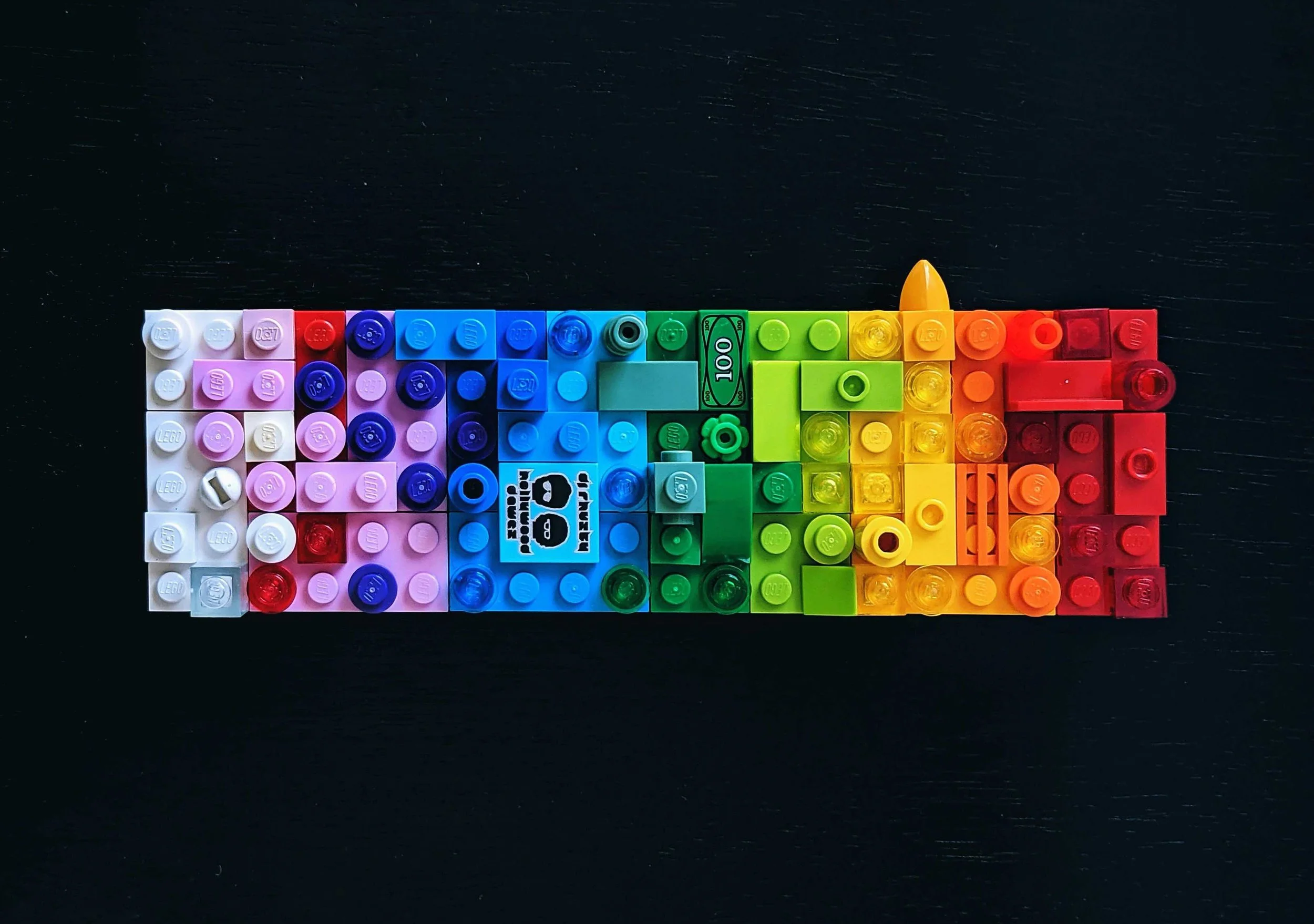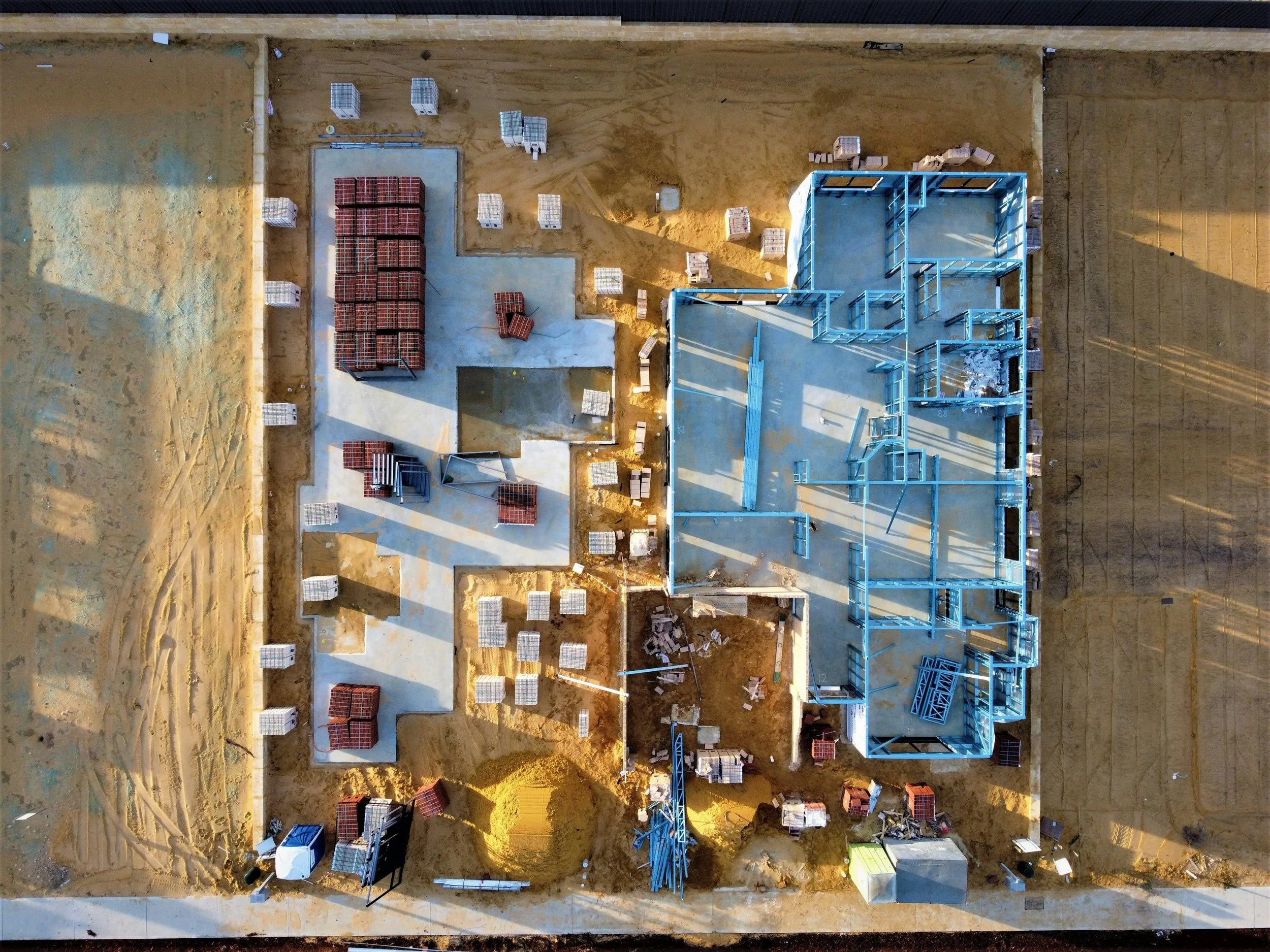What Is Brand Design, and What Is It Not?
Why brand design isn’t what you think
What comes to mind when you hear “brand design”?
Did you think of “logos, colors, and fonts”?
If so, you’re not wrong, but you’re not entirely right.
Most people misunderstand branding
Most people think of branding as a logo and some fonts, colors, and maybe a couple social media templates.
While those things are part of branding, that’s not all there is to it. Brands are more than just what we can see with our eyes. Unless we’re paying close attention, we tend not to notice the layers of ideas and identity that make up a brand.
Logos, fonts, and colors are the bare bones visual design components of a brand. Basically, the minimum viable design assets. Beyond that, there are other design assets, like stationary, merch, and templates. Visual design is non-negotiable in our hyper-visual culture. You need these things.
It’s not an unreasonable misconception that brand design is the same as logo design. The visible stuff is the most obvious. That’s what you see first when you go to a brand’s website and social media pages, when you receive email newsletters and purchase products. But a logo is just an image. A brand is big-picture.
What is brand design, actually?
Brand design is its own discipline.
It’s a specialty service that looks at branding holistically. It’s a ground-up approach that incorporates several types of work, and it’s a specific area of specialization within the design field.
A brand designer is highly skilled at graphic design, but does way more than that. Brand design is a hybrid creative practice. While most brand designers come from a graphic design background, we also have skills in other areas, like strategy, communication, psychology, writing, marketing, and facilitation. Many brand designers specialize in a specific niche based on scale, industry, and style.
Brand strategy is the foundation of brand design.
The components of strategy are values, purpose, goals/mission, target audience analysis, positioning, storytelling, brand voice, personality, and creative direction. This isn’t an exhaustive list, but you get the idea.
Strategy is the basic building blocks of your brand. It isn’t just the design that stems from your strategy. It’s also your marketing, your website, all your social media content, and even your internal company culture, for folks who work in teams. Your brand strategy doesn’t have to be complicated, but it has to be clear.
The Structure of Brand Design
Brand design is like building a house
It doesn’t come up all at once, and it’s made up of many parts.
Strategy is like the structural elements of a house.
The foundation, frame, and the roof give you something to build on top of, a basic plan to follow. Without this structure, the drywall, flooring, and the rest wouldn’t have anywhere to go. The functional parts of a house, like doors and windows, plumbing, heating, and electrical, are what give the structure a more defined purpose and flow. Without this basic structure, the finishes would just be floating around in space.
Design is the finishing touches that bring your brand to life.
The finishing touches on a house are what make it feel like a real home. Interior and exterior colors, woodwork, landscaping, and decor are the details that bring the house to life beyond just function. You can live in a house without nice details, but do you actually want to?
Brands are systems, not logos
To create a brand, we have to go deeper than just focusing on the visuals.
Brand design takes more into account than just aesthetics. Logos represent brands, but brands represent ideas, beliefs, and emotions.
If we look at well-known brands, this becomes a little easier to grasp. Let’s take Vans as an example. The logo is well-designed: it’s bold, playful, and recognizable. But the logo doesn’t make Vans what it is. What Vans represents, what it does, gives the logo value. The brand represents street culture, artistic expression, action sports, and a specific attitude towards life. Ultimately, that’s the part that appeals to us. Those associations are cultural and emotional, not just visual. The logo’s role is to represent those characteristics succinctly, along with the other brand assets.
Even a small business can carry these associations. When you approach your brand as a system of ideas, beliefs, and emotions, the designs you create have long-term impact.
Say you just hire someone to make you a logo. Great, you’ve knocked “logo” off your to-do list. Then what? Maybe the next thing you do is your website. You pop your logo up in the corner and it looks cool. Yay! So, now it’s time to write all the necessary content to inform your audience about your brand. Seems pretty straightforward…
…but then you hit a wall. What do you say? What do people need to know? What makes your brand valuable? What style do you write in? What types of images do you include? How do your organize information in a way that makes sense?
Brand design is valuable because it’s big-picture and long-term.
Brand design covers all your bases. When you start by looking at your brand big-picture, the process of designing visuals becomes more purposeful and, frankly, much easier. This is a recipe for a brand that still has impact years down the road.

